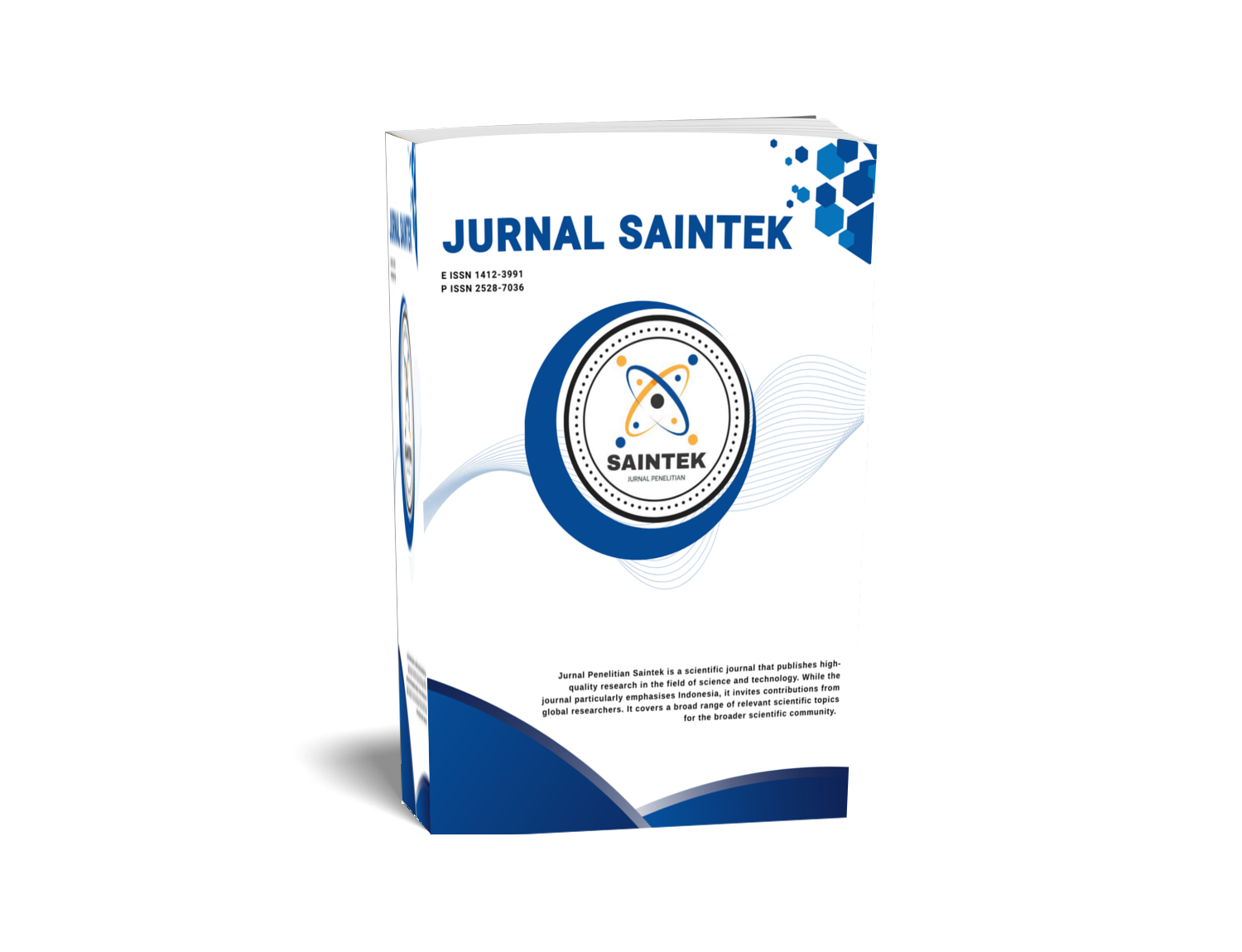Simulasi optimalisasi kapasitas pembangkit listrik tenaga surya pada atap gedung
DOI:
https://doi.org/10.21831/jps.v1i1.44461Keywords:
optimalisasi, PLTS Atap, energi surya, kapasitas energiAbstract
Optimization of solar power plant capacity on the roof of the building
DKI Jakarta is one of the densely populated urban areas and has dense buildings so that the use of building roofs can be used as a source of energy. One of the buildings that can implement the utilization of renewable energy is the administration building in PT. PJB Muara Karang Power Plant Unit. In the building has been built, but the installation is not optimal because the installation area of small solar modules so that the resulting capacity is small, while the potential of the existing location is very wide. Therefore, it is necessary to examine the extent of optimization of solar power plant capacity on the roof of the building. From the research that has been done obtained the results of the need to install solar modules a number of 143 solar panel modules, with the capacity produced when installed by 42,900 wp and also obtained the potential of energy produced by 93,951 kWh / year, or the same as being able to supply energy needs in the building by 75.11 % and average daily production of 36.27 kWh. In order for the maximum energy potential to be optimized the potential and the size of the roof area in the building. The energy produced can be utilized as electricity that can ultimately reduce the cost of electricity consumption.
References
Duffie, A. W., & Beckman, W. A. (2008). Solar engineering of thermal processes. John Wiley & Sons.
Hasan, M. H., Mahlia, T. M. I., & Nur, H. (2012). A review on energy scenario and sustainable energy in Indonesia. Renewable and Sustainable Energy Reviews, 16(4), 2316-2328.
Direktorat Jenderal Ketenagalistrikan Kementerian Energi dan Sumber Daya Mineral. (2019). Statistik ketenagalistrikan 2018. Direktorat Jenderal Ketenagalistrikan Kementerian Energi dan Sumber Daya Mineral.
Perusahaan Listrik Negara (PLN). (2019). Statistik PLN 2018. Perusahaan Listrik Negara.
Downloads
Published
How to Cite
Issue
Section
Citation Check
License
Who Can Submit?
Any individual may submit an original manuscript for consideration for publication in Jurnal Penelitian Saintek as long as they hold the copyright to the work or are authorized by the copyright owner(s) to submit it. Authors retain initial ownership of the copyrights to their works prior to publication, except in cases where, as a condition of employment, they have agreed to transfer copyright to their employer.
User Rights
Jurnal Penelitian Saintek is an Open Access journal. Users are granted the right to read, download, copy, distribute, print, search, or link to the full texts of articles, provided they comply with the conditions of the Creative Commons Attribution-ShareAlike License 4.0 (CC BY-SA 4.0).
https://creativecommons.org/licenses/by-sa/4.0/
Author Rights
Authors retains copyrights.
Jurnal Penelitian Saintek by http://journal.uny.ac.id/index.php/saintek is licensed under a Creative Commons Attribution-ShareAlike 4.0 International License.









